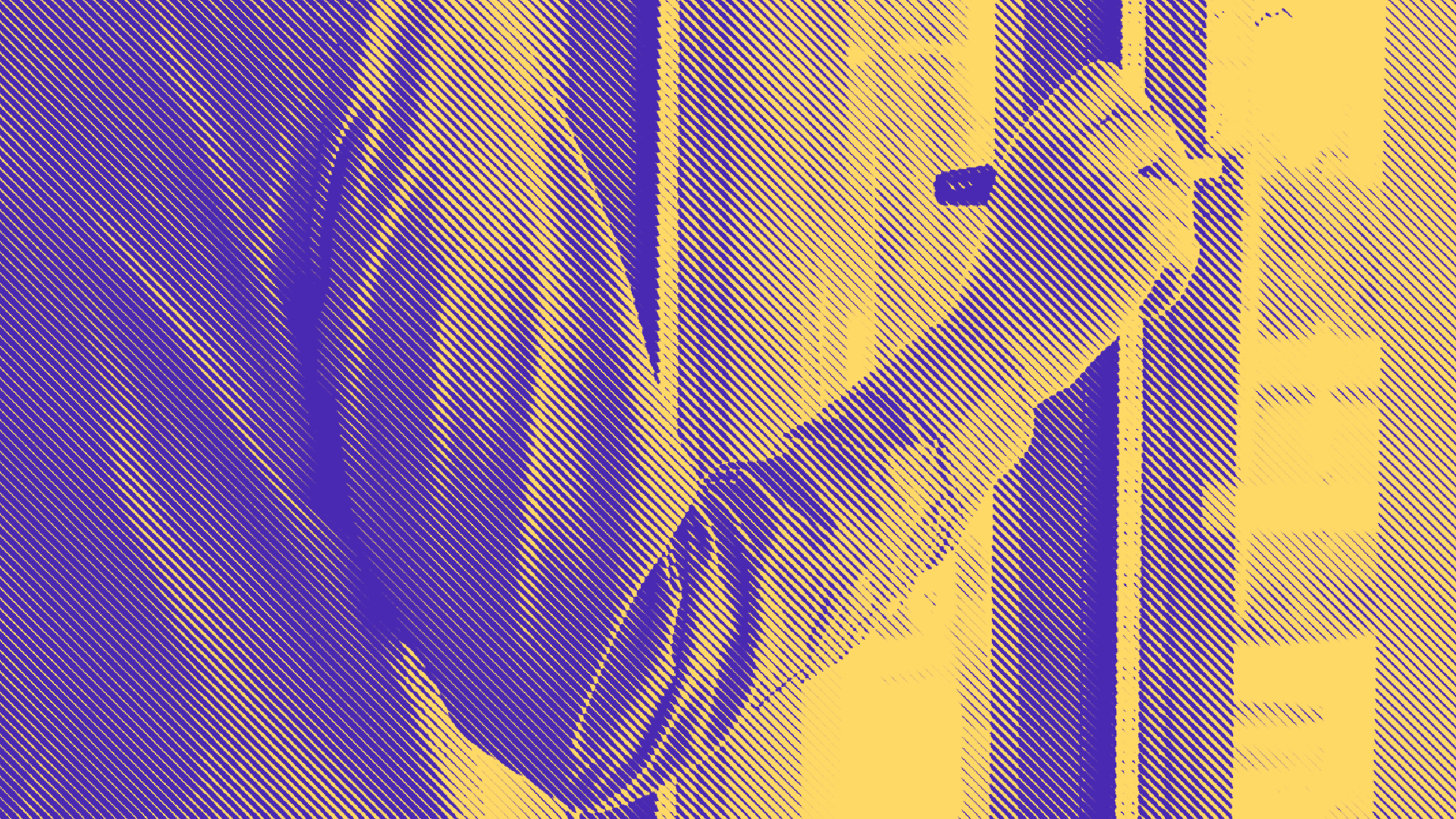
How to Evaluate a Conceptual Design as a Team
You’re probably familiar with the proverb that says, “it takes a village to raise a child.” Well, it’s also true that it takes a village to bring a product to life. It requires the input of various disciplines to have a successful launch and ultimately a thriving business. At times, this may involve outsourcing your design work to a consultant or design agency if there is not an in-house designer present. Part of this relationship will require reviewing conceptual designs that set the vision of the product and could impact the outward tone of the business. As a result, it’s critical to evaluate the effectiveness of the design from different angles prior to committing to development.
Throughout this guide, we’ll provide a set of questions that your team can use to spark discipline-oriented discussions and enable the designer to think more critically about design decisions being made. We’ll focus on four roles that often define the product’s direction. This includes: C-suite (CEO and/or Founder), Product Manager, Marketer, and Developer.
C-Suite (CEO, Founder, etc.)
As someone in upper management you’re most likely concerned with the company’s business operations and its future projections. Therefore, when reviewing a conceptual design, think about how it can address or inspire business goals.
- First and foremost, does the design clearly solve your customer’s pain points?
- What are potential opportunities for partnerships or integrations?
- How does the vision of the product align with the vision of the company?
Product Manager
As the person responsible for defining the roadmap and features, and being the liaison between various disciplines, it’s helpful to evaluate the conceptual design on these criteria:
- What key features does the design address?
- How does the design align to the user’s mental model?
- Does the design inspire features or themes that are worth solving for the user?
Marketer
From creating a plan for product adoption to defining the overall voice of the business, it is necessary to evaluate how the conceptual design starts support these needs:
- At a minimum, how does the design align or support the current brand (imagery and illustration)?
- How can the design be used to communicate and sell the product?
- Does the design suggest any KPIs that can be used to measure the success of the product?
Developer
As the person responsible for bringing the actual product to life, part of your responsibility will be to find the balance between innovation and execution.
- What part of the design can be supported by the technology currently in use?
- Will the design require or can it be adapted into an existing framework?
- How does the interaction compare to other everyday apps?
Conclusion
During your team’s collaboration with a consultant or design agency, filtering the conceptual designs through a set of discipline-oriented questions can provide a more holistic view on it’s effectiveness. More importantly, it should inspire further discussion and drive the team closer to the product vision. Likewise, a good design partner will also do their part to bring it up or address these questions as well.



